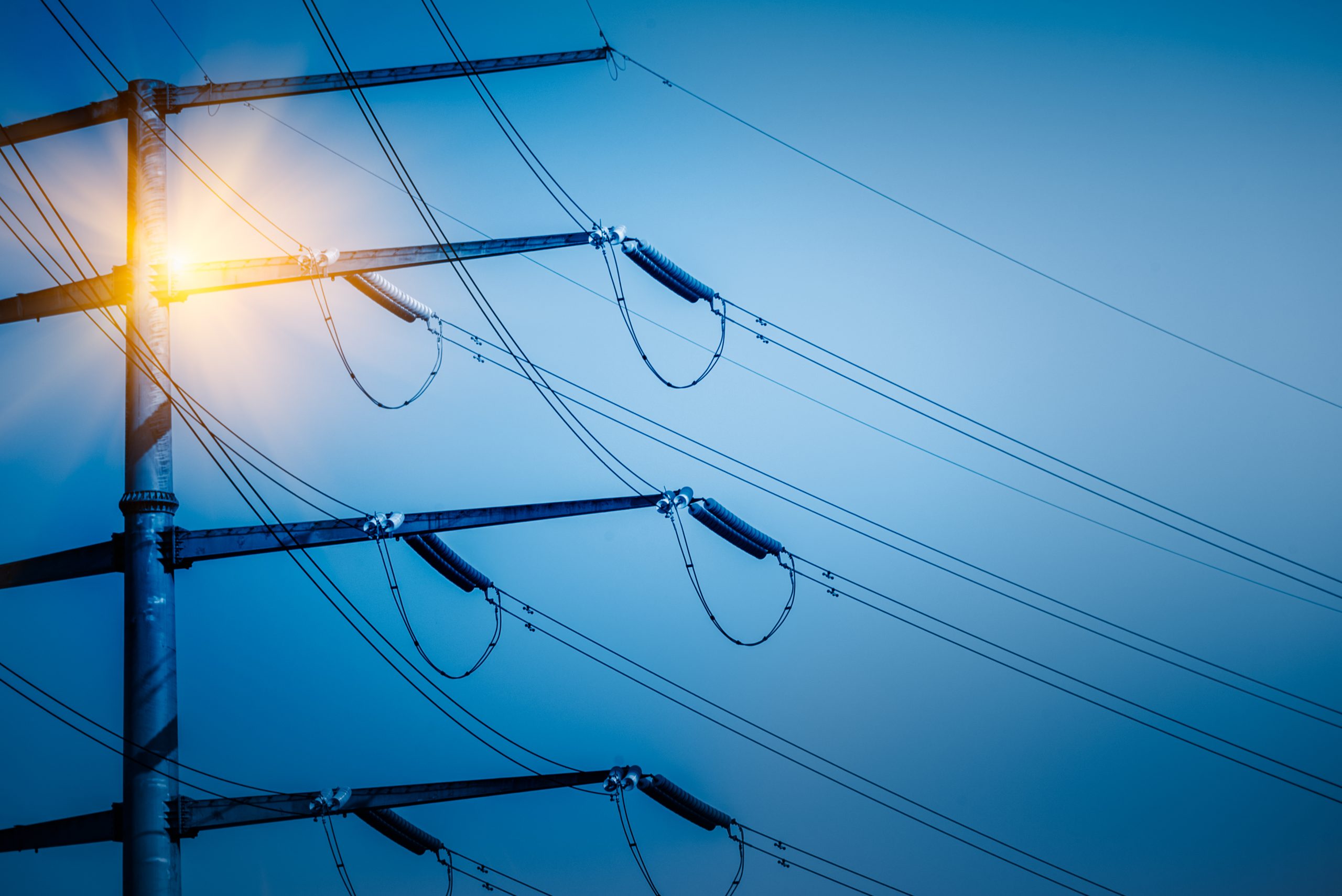Sustainable electricity grids: Council approves conclusions

The Council today approved conclusions on the EU’s electricity grid infrastructure. The conclusions propose a series of measures for an interconnected and resilient electricity network in Europe, to ensure energy security and achieve decarbonisation in the EU.
The share of renewables in electricity generation has more than doubled since 2004 to reach almost 40%. The Council conclusions align with this development and reflect the European Union’s ambition to become more green, competitive and resilient in the energy sector, emphasizing the need to roll out an EU Supergrid to incorporate more renewables, support electrification, stabilize prices and increase energy security.
Tinne Van der Straeten, Belgian Minister for Energy
Coordinated, interconnected and integrated European electricity network
The EU aims to achieve a fully integrated, interconnected, and synchronised power system in Europe. The Council conclusions highlight the need for long-term, coordinated electricity grid infrastructure planning at European level, especially in view of the growing challenge of network congestion.
This planning should be combined with the bottom-up coordination of national plans at regional level and take into account the specificities of regions that are not interconnected or not sufficiently interconnected.
In this context, the Council reminded the conclusions that the European Council on the achievement of a genuine Energy Union and the importance of interconnections in achieving this. The Commission is invited to propose a strengthened framework that ensures that the grid planning and roll out is compliant with EU climate and energy targets. The aim is to increase transparency and traceability for the whole transmission grid planning and development process.
The conclusions also call on the Commission to assess and identify gaps and develop measures, if needed, to improve the governance framework at EU level concerning the planning, selection and implementation of cross-border infrastructure, in order to ensure a sufficiently integrated European and regional approach.
Security and resilience of Europe’s energy system
The European Union needs a coordinated set of energy security measures in response to the new threats it has been facing since 2022, including cyber security risks. According to the Council conclusions, the Commission should help member states improve the security of electricity supply, focusing on risk preparedness and taking into account specific risks connected to some of the EU’s external borders.
In order to strengthen the infrastructure resilience, member states are also invited to strengthen cooperation with entities at all levels, with a focus on hybrid threats and critical infrastructure.
Bridging the gap in electricity grid investment
The conclusions acknowledge the unprecedented investment needs in electricity networks at both transmission and distribution level in order to ensure a highly interconnected, integrated and synchronised European power system that is necessary to achieve the EU’s decarbonisation, competitiveness and security of supply objectives.
Therefore, the Conclusions invite the Commission, amongst others, to provide information about the actual investment needs in relation to electricity grids – compared to the funds earmarked for them – and to look for ways to increase overall investments for electricity grid infrastructure. The European Investment Bank is also called on to support further expansion and modernisation of grids through financing initiatives.
Hybrid meshed grids connected to different member states become increasingly important in order to develop offshore energy production in a cost-effective manner. Therefore, the Council invites the Commission to assess the challenges and remaining gaps involved in the use of hybrid meshed grids in addition to radial connections.
Faster grid roll out and nature inclusive design
The Council invites the Commission to identify measures to accelerate permitting procedures of grids for a swifter development of electricity grids, while ensuring public engagement.
The conclusions also underline the need to accelerate the standardisation of electricity infrastructure in order to minimise supply chain disturbances and ensure the availability of grid components in Europe. The Commission is invited to explore possibilities to facilitate regional or EU-wide visibility on procurement of grid components. This will send the right signals for local industry to ramp-up manufacturing capacities. In this context, the Commission is also invited to assess the opportunity to adapt the EU rules on public procurement.
